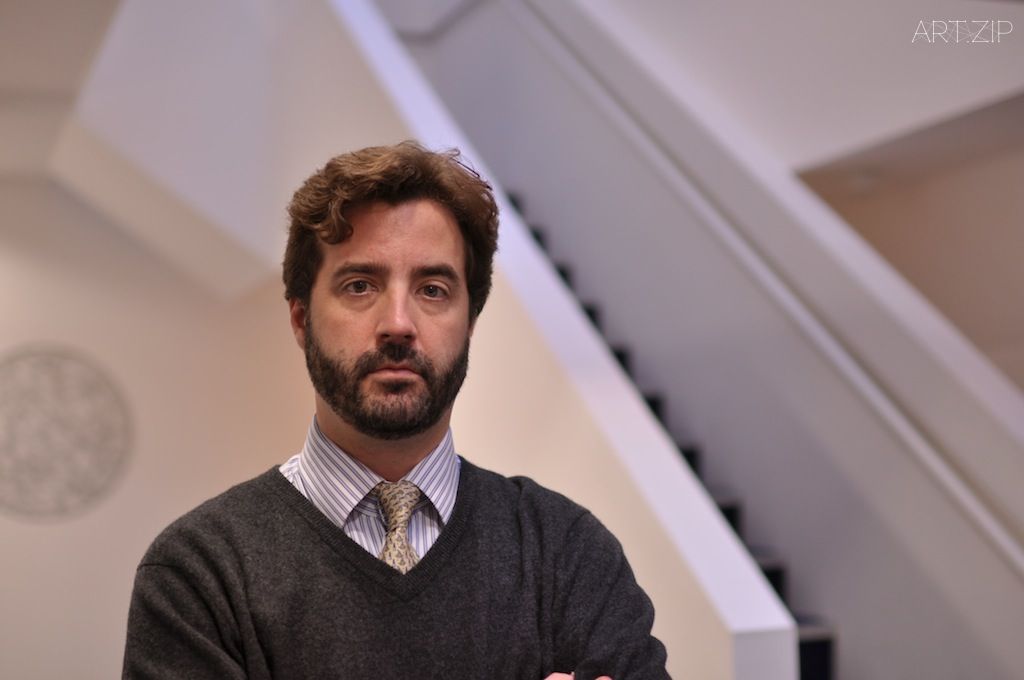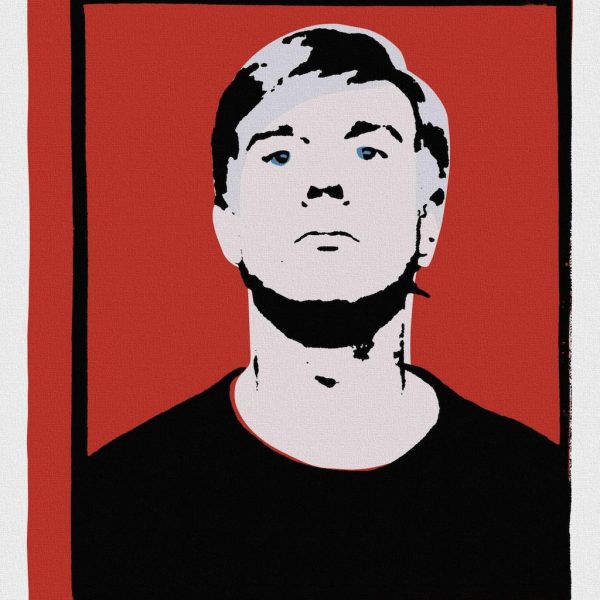
Another potential remedy lies in the tort of slandering goods or product disparagement, as discussed earlier. The difficulty here, aside from other problems with making this type of legal claim, is to show that the refusal to replace the certificate amounted to a negative statement about the artwork in the first place. In contrast to an artist’s authentication board, which might expressly deny authenticity, it is hard to see how such an action could legally amount to the making of an actionable statement, even if such a refusal effectively amounts to a denial of authenticity.
The potential power of artists to withdraw authorship from their works, and the related struggle between the artist and collector was recognized by Robert Morris in his seminal Document (1963), which contained the famous “Statement of Aesthetic Withdrawal.” Morris’s work was conceived as a response to the failure of collector Philip Johnson to pay him for the earlier work Litanies. In this work the artist presented the statement typed on notarized paper alongside a lead sheet on which was inscribed the image of a lock and keys. Morris playfully purports using legal procedures to withdraw all “aesthetic content” (and in a sense authorship) from his earlier work.
Morris’s work presages the disputes more than a decade later between Panza and Judd (36). In 1974 the artist sold plans of fourteen works to the collector through the Leo Castelli Gallery, in New York, seemingly along with the certificates and contractual rights (which gave considerable interpretive latitude) to construct and reconstruct the works at Panza’s expense. In 1990 a dispute arose between Judd and Panza over the collector’s fabrication of the work Galvanized Wall, which Panza included in an exhibition at Ace Gallery. Judd denounced the installation in Art in America (March 1990): “The Fall 1989 show of sculpture at Ace Gallery in Los Angeles exhibited an installation wrongly attributed to Donald Judd. Fabrication of the piece was authorized by Guiseppe Panza without the approval or permission of Donald Judd.” Despite Judd’s alleged withdrawal of authorship, Panza did not take any legal action, though he did note that in future he would wish to have such disputes arbitrated independently by lawyers (37). More significantly, Judd’s protest did not prevent the work later entering into the Guggenheim collection as attributed to Judd, along with other works from Panza’s collection.
The dispute between Judd and Panza demonstrates the limits of dematerialization of an artwork, or at least its accompanying rhetoric: artworks cannot be simply assigned as a set of legal rights and instructions accompanied by a certificate of authenticity to be executed independently by collectors. At some point the artist’s authorization is required, or at least desired, in relation to the material manifestation of the work. For artists like Carl Andre, the materiality of his work is and has always been fundamental the work is not simply an ‘idea’. (38) Furthermore, artworks that depend upon a relationship to their surrounding space also depend upon the continuous involvement of the artist. (39) Even in the case of artworks that seem to allow interpretative latitude, the collector almost always consults the artist to ensure that it is installed as intended, thus validating it as an original work. This is reflected in LeWitt’s wall drawings, which are almost always installed by his former assistants at the request of collectors. LeWitt for whom the “idea” famously “becomes the machine that makes the art” was also adamant that the certificate and instructions were not the work and therefore should not be displayed as the ‘work’ although his instructions could be displayed alongside his executed Wall Drawings. “The plan exists an idea but needs to be put into its optimum form. Ideas of wall drawings alone are contradictions of the idea of wall drawings”. (40)
The ongoing relationship between collectors and artists of conceptual art suggests that notions of the work and its authenticity must remain open and fluid as the artist or an authorized agent are involved in the reinstallation of the artwork over time. This is seen in so-called recent ‘performative’ art related practices, for example, the work of Tino Sehgal where the artist remains heavily involved in the future public exhibition of his dematerialised works or ‘constructed situations’ following their sale and transfer. Unlike a conventional painting or sculpture, which is made by the artist and then signed and released into the world, such contemporary artworks are in a process of continual reformation that requires a fundamental authorization each time they materialize.
However, if the certificate points to the centrality of the authorization function, it cannot be relied upon as a signature referring back to an object that is complete and closed. So despite its bureaucratic and legal appearance, the artist’s certificate of authenticity does not provide certainty; it offers only a promise that, like its object, is contingent. With this promise it is the personal relations founded upon trust between artist and collector that count more than the law.



